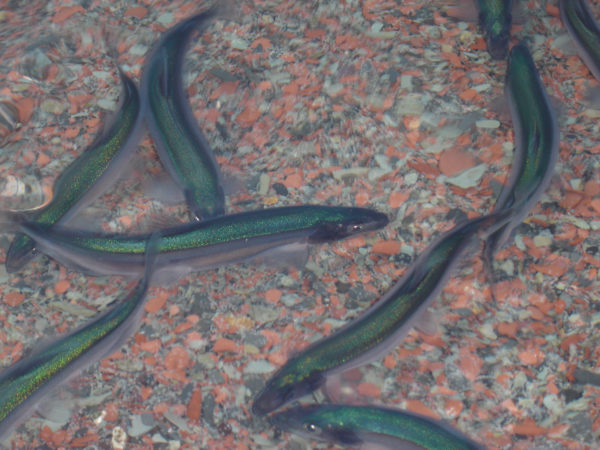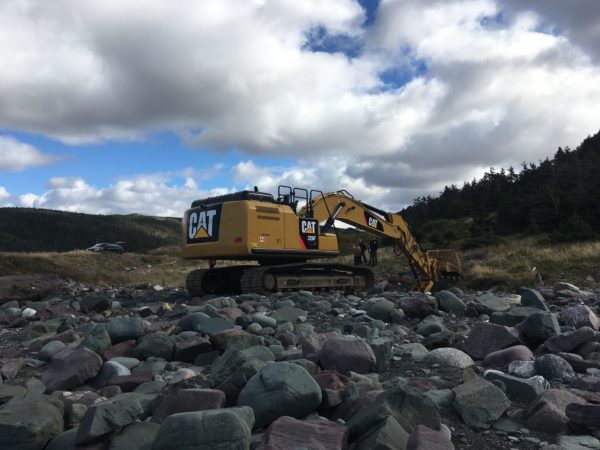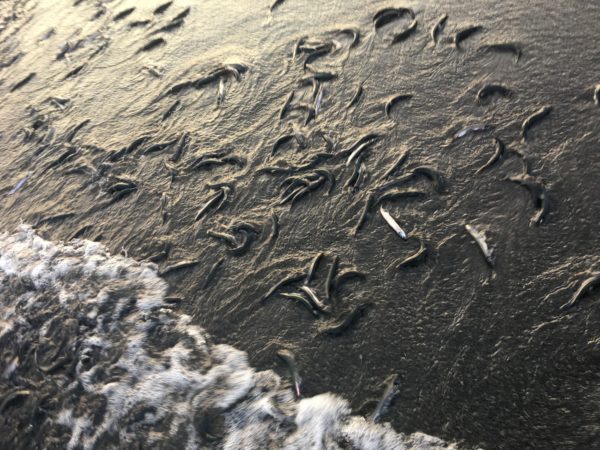Capelin spawn again at Ship Cove
World Wildlife Fund Canada restored a beach for capelin to spawn. But would the little fish return?
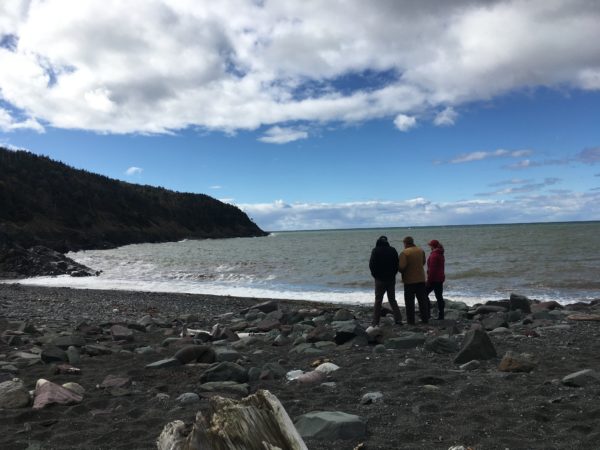
We embarked on the beach restoration project last fall at a place called Ship Cove, N.L. The gravel was taken from the beach years ago to use in concrete, altering the natural landscape. The remaining fine gravel near the water was washed to the back of the beach and big boulders replaced it.
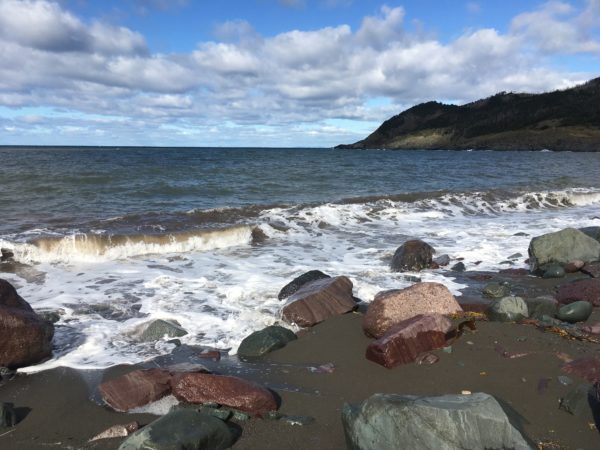
This meant that capelin, a small forage fish, didn’t have the right conditions to spawn. They were left with only a small corner of the beach where spawning gravel remained.
https://www.facebook.com/WWFCanada/videos/296924331134484/
Capelin are a keystone species in the ecosystem around Newfoundland and Labrador. They’re a vital food source for seabirds, larger fish such as Atlantic cod, and humpback whales. Only a few species of forage fish in Canada are beach-spawners and they need the right conditions to find reproductive success.
So, thanks to funding from Fisheries and Oceans Canada’s Coastal Restoration Fund, WWF-Canada got to work with an excavator and a plan drawn up by engineers to shore up the beach and restore the capelin gravel to the shoreline.
Then we waited. Would it work?
One Friday this July, we got the call we’d been waiting for from Stan Tobin, our partner from the Newfoundland and Labrador Environmental Association who lives nearby: Capelin had been seen spawning on the beach, he said.
The next day, WWF-Canada staff made their way to the beach at 4:30 a.m. in pitch darkness to catch peak spawning conditions at the high tide. What would sunrise bring?
The sun came up to reveal capelin spawning all over the beach on the new gravel that we had prepared for them. It was an extraordinary sight.
This one beach project alone won’t restore capelin around Newfoundland and Labrador, but it does demonstrate that wildlife can thrive again when habitats are restored. Our work on this important little fish continues. If we build it, they can come back.
WWF-Canada is currently working on a multi-part, five-year project to improve more habitats like Ship Cove beach, with funding from Fisheries and Oceans Canada’s Coastal Restoration Fund.

